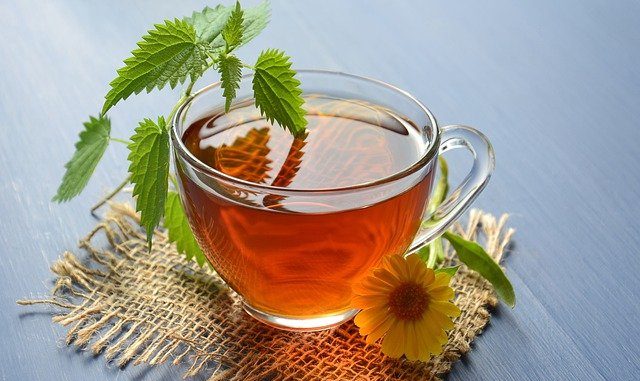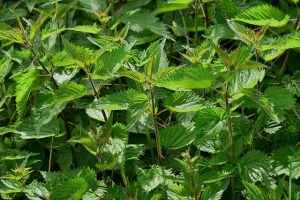
Yummy weeds might sound more like an oxymoron but if you are a forager of wildfood then what might seem a bane of the garden is possibly a great food source. Weeds are crops in their own right: don’t be put off by the more lurid tales but they offer plenty of sustenance. Here we look at a few of the more common foods.
Nettles
Nettles (Urtica dioica/U. urens) have long been used by wool dyers as a source of green but the young leaves also make for a neat leafy green. I know they sting! We’ve all experienced that highly prickly rash when brushing past them on a walk. Roman soldiers used them as a method of keeping themselves awake on long marches. The leaves do have their uses if you handle them properly.

If you boil them, nettles make a great soup or tea and they work as a vegetable with onions and potatoes. They have a long tradition of food use and are known as ‘pot-herb’. The Scots have a traditional Shrove Tuesday dish called Nettle Kail which is a soup that marks the beginnings of spring itself.
The leaves have a slightly smoky flavour which can be brought out as a stock. Nutritionally, the leaves are full of minerals such as iron and calcium, plant protein and vitamin C.
Nettles are best eaten in spring when the young leaves are starting to form. Take the young leaves from the tips because these are the least likely to cause issues. Always use gloves that wont allow the sting to pierce.
Treat like spinach and heating destroys the sting. Some foragers collect the stems with leaves and then wilt as this helps in the removal of the leaves. You cannot successfully eat nettles raw because of the formic acid which will sting you. I know as I’ve tried!
Ground Elder (Aegopodium podagraria)
Ground elder is the bane of many a gardener. Difficult to eradicate but if we ate more of it we might just sway our perception of it into the positive.
The plant is found in shady spots beneath hedges and trees and usually in overgrown gardens. The young leaf shoots are collected in March to April. It was thought to have originated with the Romans because the plant is more commonly found in Italy and France. It translates as ‘gout weed’ because a tonic made from the leaves was used to treat various types of arthritis.
The leaf stems are full of vitamin C and a variety of minerals. Some chefs add just the tops as raw food to salads but I think it is best served boiled or braised in butter like leeks. It works well with oatmeal.
No point in harvesting once the the plant has flowered as the shoots and leaves become tough. It is also a mild laxative from then on!
Hairy Bittercress
The hairy bittercress (Cardamine hirsuta) is in the Brassica family and its tough. You find it between pavings and in cracks of walls. It likes shallow soil and is a classic weed. Easily recognised as a rosette of small leaves and a typical cabbage shape to the leaf. The young leaves are used like the more classic vegetable. They have a peppery taste. Use in salads and soups or with eggs.
The plant needs to be rinsed well and try to avoid those plants which may be close to rat runs.
Next time you consider throwing the weeds in the recycle bin or on the compost, just think about those yummy weeds as a source of food.

Leave a Reply